
Not much is known about the interaction between requirements engineering (RE) and systems architecting (SA), widely considered the two most important phases of the software development life cycle. An EU initiative has examined RE and SA processes to provide insight and improve operations and technology.

Although it may seem simpler to study the quantum world through theory rather than experiment, computing power can be limiting. Scientists have created an experimental quantum simulator that will enable practical tests of predictions and hypotheses.

Web applications that target Internet-enabled TV consumer electronics have different development requirements than PCs, PDAs or smartphones. Differing degrees of standards support inhibit the entry of small businesses into the market — a problem the W3TV project aims to resolve.
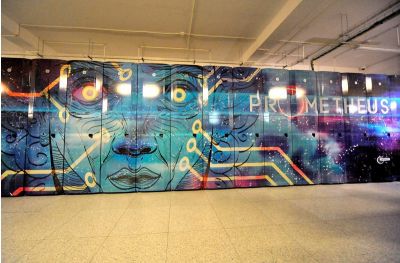
Prometheus, the fastest supercomputer ever built in Poland, owned by ACC CYFRONET AGH was ranked 49th on the world’s TOP 500 list of fastest computer systems, which was published on 13th July this year.

An EU team explored the concept of cooperative transmission in free-space optical (FSO) networks. They reported significant performance improvements verified through extensive simulation studies.

An EU team applied smartphone-style application (app) connectivity to cars. The idea enables almost unlimited information services, combining data from the car, environmental nodes or the user's social network, to improve control and efficiency.
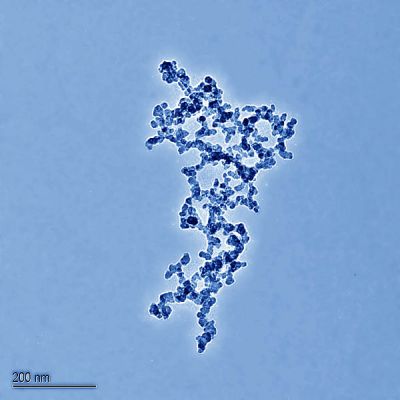
Computational models shed light on interactions of important classes of nanoparticles with biological membranes. The results point the way to both potential hazards requiring further investigation as well as a new processing route for nanocarbon.

EU-funded scientists developed novel materials for efficient thermo-electric energy conversion.

Scientists in an EU-supported project have developed a microfluidic chip that simultaneously analyses the reactions of several human organ tissues when they come into contact with candidates for new drugs. The ground-breaking device could save millions of euros in drug development costs.
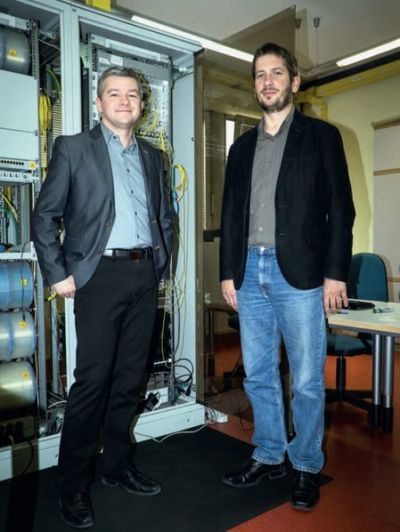
The prototype of a new-generation router, which allows to accelerate data transmission on the Internet, has been designed by Jerzy Domżał, DSc, and Robert Wójcik, DSc, of the Department of Telecommunications at the AGH University of Science and Technology in collaboration with Zbigniew Duliński, PhD, of the Jagiellonian University.

EGI offers scientists and researchers borderless access to distributed computing infrastructures.
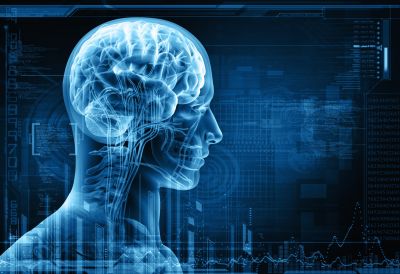
According to Bayes' theorem, introduced by Thomas Bayes and presented in a paper in 1763, the probability of a certain state existing or being true can be updated according to new data. Computational models have shed light on possible neural mechanisms of Bayesian inference.

An EU-funded team developed software to control and coordinate autonomous vehicles. The modules allow groups of vehicles to communicate with a central station, facilitating the vehicles' smooth flow in traffic and maintenance of safe distances.

Experiments on the way emotion-eliciting news can change citizens' political perceptions and behaviour offer novel understanding. They indicate that positive emotional cues in the news create better emotional reactions and generate a positive influence on citizens' political behaviour.
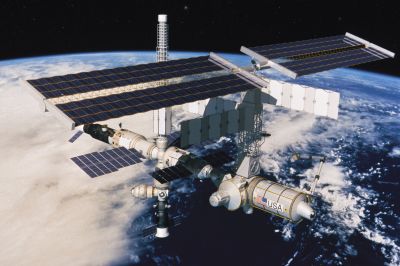
Evolution of the Global Navigation Satellite System (GNSS) into a system of systems opens up a new world of satellite-based applications. EU-funded scientists have developed a multi-satellite receiver that will improve the integrity, precision and accuracy of positioning.

An EU team developed data systems that use statistical and probabilistic reasoning to reduce uncertainty. The project helped to unify such methods with conventional databases, in part by developing scalable algorithms and a variety of new tools.

European researchers have developed a wireless sensor system to monitor the safety of large infrastructure. The new system will not only potentially save lives when the structure is old, it is reducing costs during construction, too.
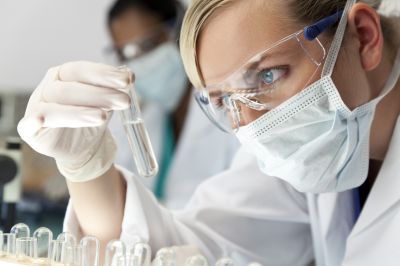
A new ‘lab-on-a-disc’ technology developed by an EU project research team can diagnose malaria and other febrile infectious diseases simultaneously in just an hour – allowing faster point-of-care treatment and precise drugs administration that could save thousands of lives.
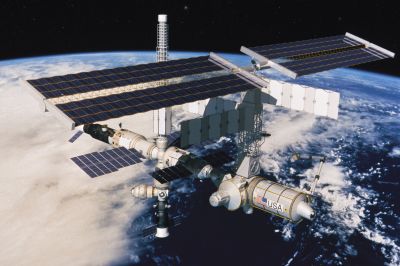
Hyperspectral sensors for Earth observation (EO) generate high volumes of data, demanding large storage capacity and bandwidth on the downlink transmission channel. To reduce the burden on satellite resources, EU-funded researchers are developing new technology for onboard processing and interpretation.

EU-funded researchers are creating a website that provides a bird's eye view of building roofs and assesses their suitability for solar energy technology.
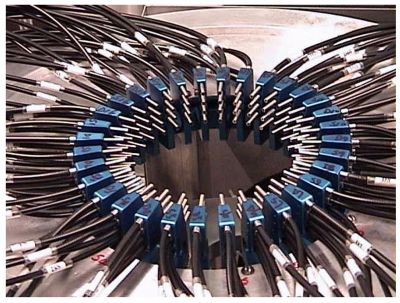
By enhancing quantum control of mechanical devices, EU-funded scientists opened the door for linking quantum physics laws to the macroscopic everyday world.

An innovative new algorithm to reduce the precision of numerical computations when feasible reduces energy consumption in a manner similar to conventional energy-saving techniques. Even better, its applications are virtually limitless.
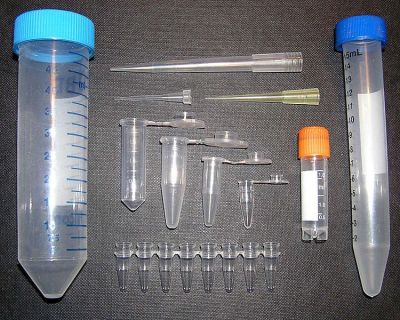
New product creation is largely driven by the development of novel materials with unique properties. EU-funded scientists are untangling the synthesis routes to promising new polymers expected to have major impact on a variety of market sectors.

An EU-funded research initiative has made significant contributions to the field of historiography through its study of its ecclesiastical censorship. Specific to 16th century Early Modern Europe, the study focused on the theoretical basis and consequences of censoring history.
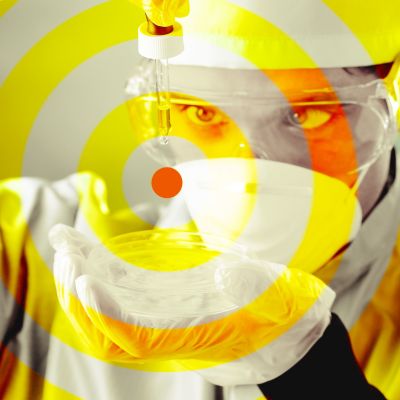
EU-funded researchers have developed communication tools to dispel misinformation and better inform the public when an infectious disease strikes.






















